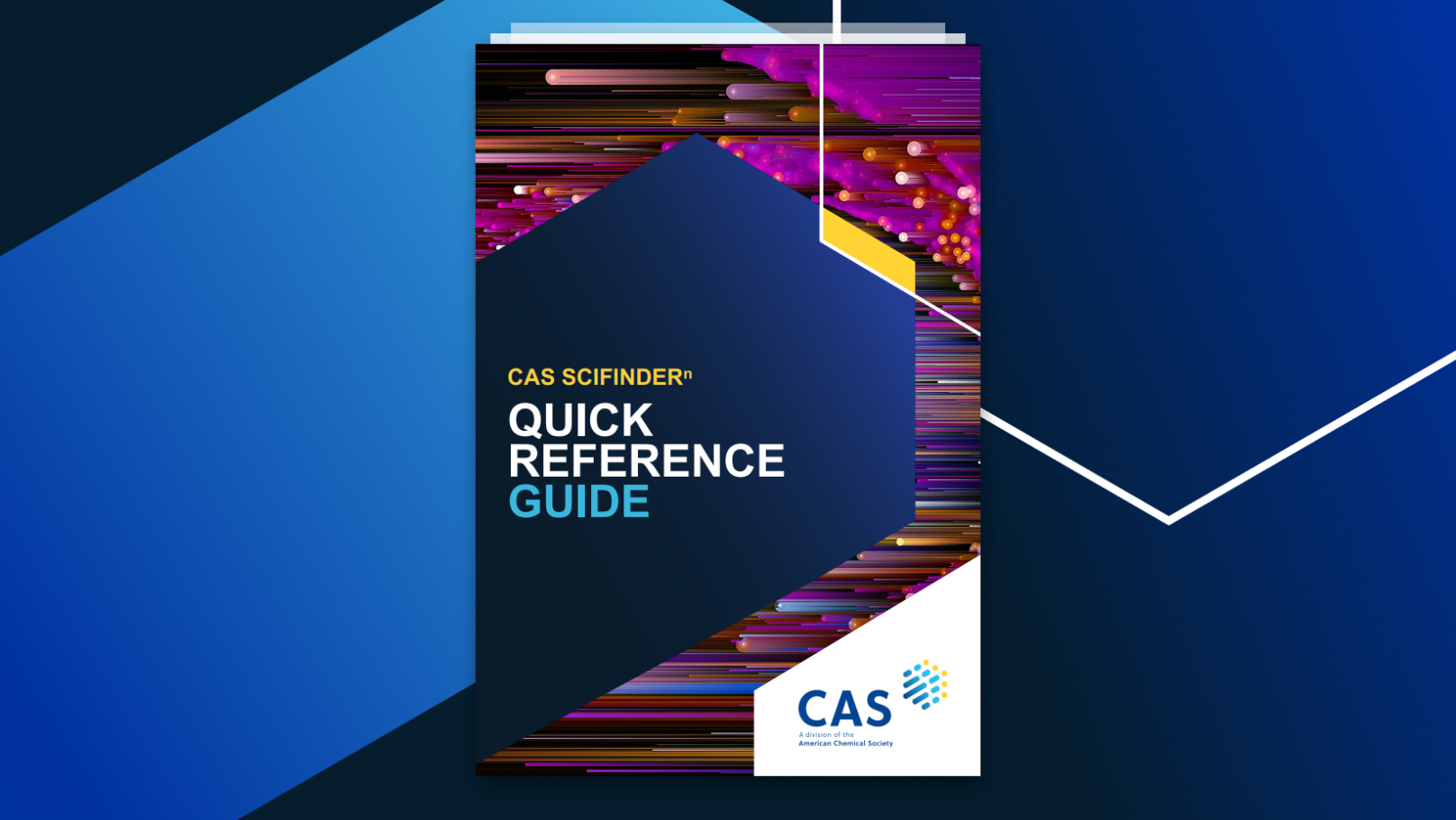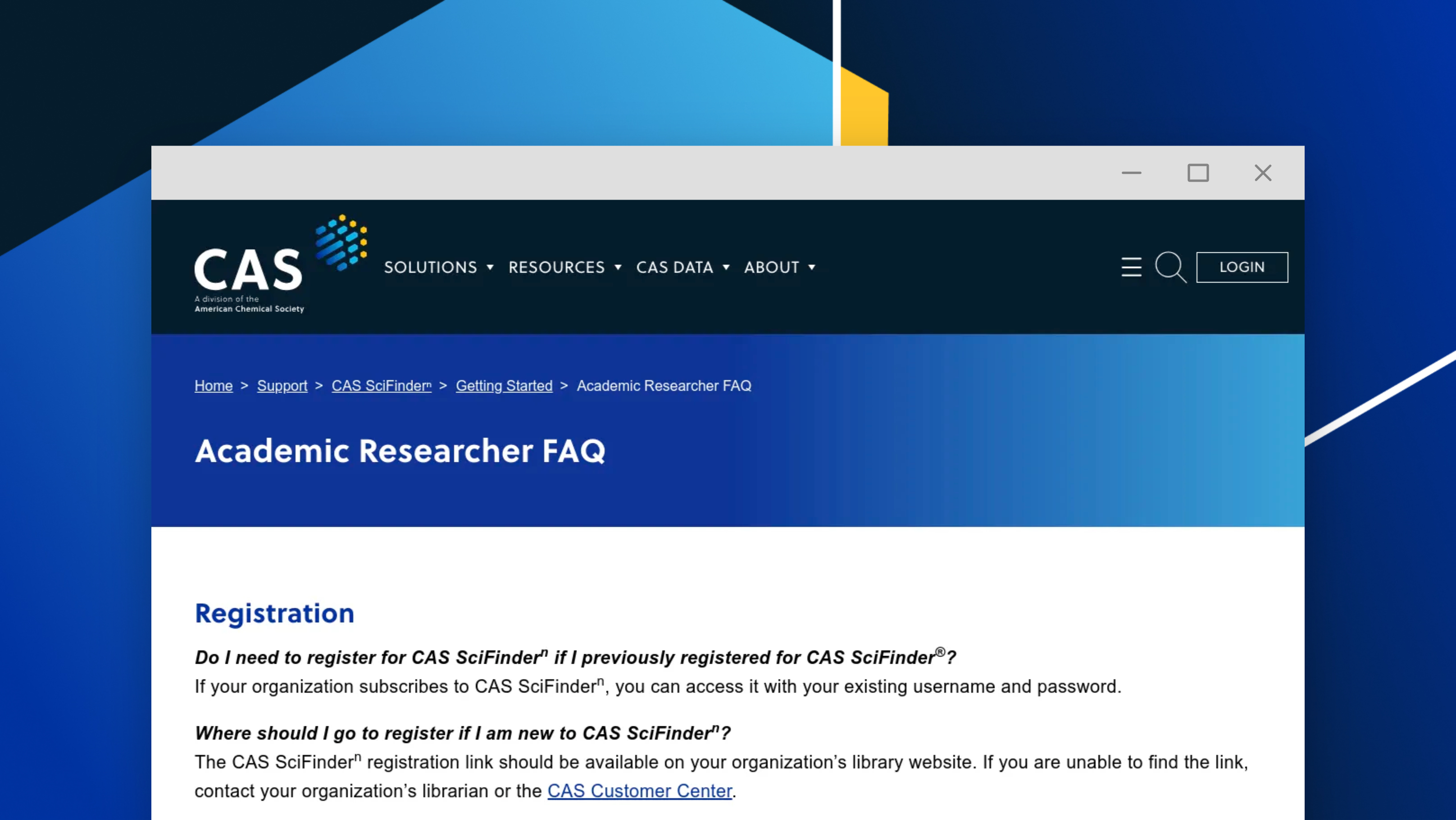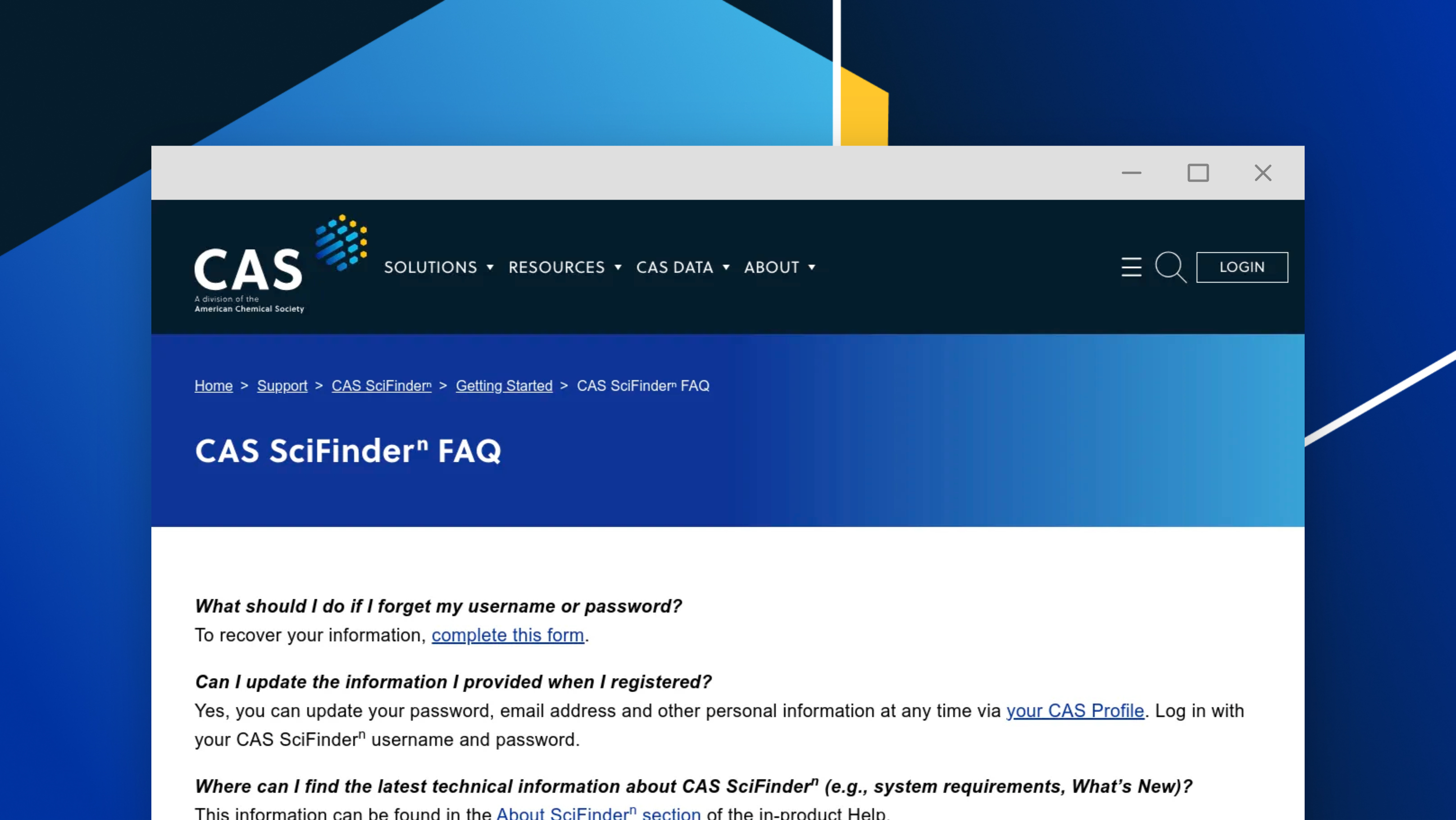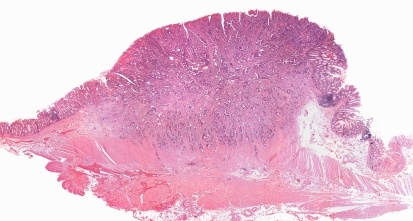Gain new perspectives for faster progress directly to your inbox.

In today's information age, conducting a comprehensive patent search is crucial for researchers, legal teams, and businesses. Failing to locate relevant documents in a timely and cost-effective manner can have dire consequences. However, performing a thorough search can be daunting and time-consuming, especially when resources are limited. The good news is that advanced tools and technology designed for Intellectual property (IP) searching can help alleviate this strain and improve efficiency. This article will offer tips on leveraging tools and strategies to accelerate your path toward comprehensive searches and better patent insights:
- Tip 1: Use expert-curated and comprehensive databases.
- Tip 2: Use AI tools and precision search technology to augment your search strategy.
- Tip 3: Optimize patent family searching.
- Tip 4: Establish alerts for new patent applications or changes to existing patents.
- Tip 5: Collaborate with partners who have expertise in IP and your field.
Tip 1: Use expert-curated and comprehensive databases
It is common for IP researchers to execute a search in multiple databases to ensure the comprehensiveness of their search and ensure relevant hits are captured. Variations in subject matter, document coverage, and indexing practices influence the results returned. A robust search strategy executed across multiple databases can boost comprehensiveness, help you understand your result set, and help you refine your query to get the information you need without missing critical documents.
How CAS can help
CAS connects searchers to a comprehensive collection of content from the world’s top publishers and databases within a single platform: CAS STNext®.
CAS STNext combines authoritative scientist-curated chemistry content from CAS, a comprehensive collection of patent information and full-texts, and more than 130 premier global databases covering chemistry, biomedical, pharmaceutical, intellectual property, and engineering disciplines.
Searchers can leverage value-added databases, full-text databases, and clusters focused on particular subjects or features to create a comprehensive search strategy that fits their unique requirements.
CAS STNext users can also access CAS-curated databases, making precise searches possible. For instance, if you're looking for chemical IP, you may focus your search on specific molecules. But are you taking into account the substances hidden in Markush structure claims? A form of generic shorthand used to describe many structurally similar materials succinctly, Markush structures should be taken into account and understood when searching for IP.
Performing a generic chemical structure search can yield thousands of distinct substances, but only some precisely match the one you're searching for. When conducting a broad and generic search against a database of specific chemical substances, only those matching the same chemicals are returned; this fails to identify essential claims covering Markush structures. Using tools within CAS STNext, you can search 1.3 million+ Markush structures, ensuring no stone is left unturned.
Tip 2: Use AI tools and precision search technology to augment aspects of the patent search
The EPO found that comprehensive patent searches use 1.3 billion technical records in 179 databases, with approximately 600 million documents showing up in monthly patent searches. There is a need for solutions that enable thorough, up-to-date patent searches. Advanced search platforms are available but limited by database features. The only way to make a search comprehensive is to spend a lot of time searching.
AI algorithms can improve efficiency by augmenting aspects of a search strategy, such as pulling in relevant results that may have been missed.
How CAS can help
CAS offers exclusive AI-enhanced prior art search technology in CAS STNext. The proprietary patent similarity engine assembles a list of relevant patent and non-patent literature references published before any specified starting patent document to serve up patent insights you may not have captured in your original search.
Here’s an example of CAS’ AI-supported capability in action. In partnership with the National Institute of Industrial Property (INPI) of Brazil, CAS developed a set of 10 AI-based algorithms, which together formed a consolidated list of highly accurate and ordered prior art search results. By integrating AI-based algorithms into their search workflows, the INPI of Brazil was able to improve the efficiency of their patent searches:
77% of local applications processed required less time for searches;
29% of these processes did not require searching outside the AI-augmented search results.
Tip 3: Optimize patent family searching
Related patents in a patent family may be filed in different jurisdictions and geographics but are linked together by the priority application (i.e., basic patent) — the earliest patent application that establishes the priority date for the family and serves as the foundation for the claims and specification in the related patents.
By understanding the scope and coverage of related patents within a family, patent owners, patent pursuers, and potential licensees can make informed decisions about whether to seek a license, challenge the validity of patents, and allocate resources to lengthy R&D initiatives. However, complete patent family searching is time-consuming and challenging. This is due to the complexities of multi-jurisdiction filing, inconsistencies in indexing across databases, language barriers, and the scientific sophistication of the innovation.
Increasing the difficulty of this already complex task is claims variation. The initial set of claims presented in a patent application will typically be the same across all related patents within a patent family. However, during the prosecution process, which involves interactions between the applicant and the patent office, the claims may be amended or narrowed in response to objections from the examiner or in an effort to overcome prior art. As a result, the claims in related patents within the same patent family may differ from one another after prosecution.
To overcome these challenges, patent searchers often use a combination of search techniques, including keyword, classification, and citation searching. They also need to be familiar with the different databases and search tools available for patent searching, as well as the patent laws and regulations in various jurisdictions. Additionally, patent searchers may collaborate with patent attorneys and technical experts to ensure that they identify all the relevant patents in a family.
How CAS can help
CAS STNext is your source of reliable data from the world's leading patent family databases, and offers a number of features to ensure your search is comprehensive such as:
- Multi-file searching capabilities.
- Simple commands to search for additional family records, including equivalents and related patents.
- An easy-to-navigate overview of the relationship between the claims within a patent application.
Learn more about patent searching on CAS STNext.
Tip 4: Establish alerts for new patent applications or changes to existing patents
According to the United States Patent and Trademark Office, 646,244 patent applications were filed in the U.S. in 2020. There is a need to stay updated with newly published patent documents so that patent searchers don't find themselves missing innovative advances that may point to a growing market for investment or the need to deal with a new competitor.
Advanced search tools with the functionality to provide alerts when new entries are added that match your search criteria will help you stay on top of the patent landscape and reduce the iterative searching process.
How CAS can help
Solutions within the STN IP Protection SuiteTM offer custom alerting capability to ensure you are notified when relevant results match your saved query.
In addition, FIZ PatMon, part of the STN IP Protection Suite, makes patent monitoring more efficient by offering features that help you get alerts for activities such as:
- Patent applications throughout the entire patent prosecution process.
- Changes in patent validity.
- The emergence of competitor patents locally or in other countries.
- Oppositions and withdrawals of relevant patents.
- Patent grants in specific countries.
These features make it easier for individuals across an organization to get customized alerts that meet their search criteria, reducing the need for time-consuming manual patent checks.
Tip 5: Collaborate with partners who have expertise in IP and your field
Keeping up with IP search demands can be overwhelming as search demands evolve. Delays in this area can result in overlooking competitors’ activities that may inform future investment decisions or missing critical documents that can impact your ability to do business.
Partnering with search experts in your industry can efficiently support your IP search needs by connecting you to the content you need, the tools to search it most efficiently, and training and dedicated expertise to help fill any gaps and ensure your success.
How CAS can help
The CAS team has deep technical knowledge within IP and various scientific sectors
Our team is primed to uncover information that others simply cannot.
Collaborate with CAS for your search needs, so you can rest assured that your patent searches are comprehensive and detailed.
Summary
- Conducting IP searches and staying updated with the latest developments is vital for any organization, as it can inform decision-making on investments or emerging competitors. Here's how you can increase efficiency with your patent searches:
- Use expert-curated and comprehensive databases to simplify the traversing of complex data, thus eradicating any content source lapses.
- Consider solutions that pair AI-driven search support with other precision solutions. Not only can AI recognize related innovations, but it can also help you identify additional terminology or particulars that may help you build a more robust search strategy.
- Streamline patent family searching by detecting similar patents across all jurisdictions and ensuring you understand global coverage.
- Keep up-to-date on the latest patent applications with advanced search tools that offer notifications when new entries align with your inquiry. No more tedious and repetitive searching!
- Partner with experts in IP and your particular industry to streamline and augment your patent search process.
Learn more about the STN IP Protection Suite.













